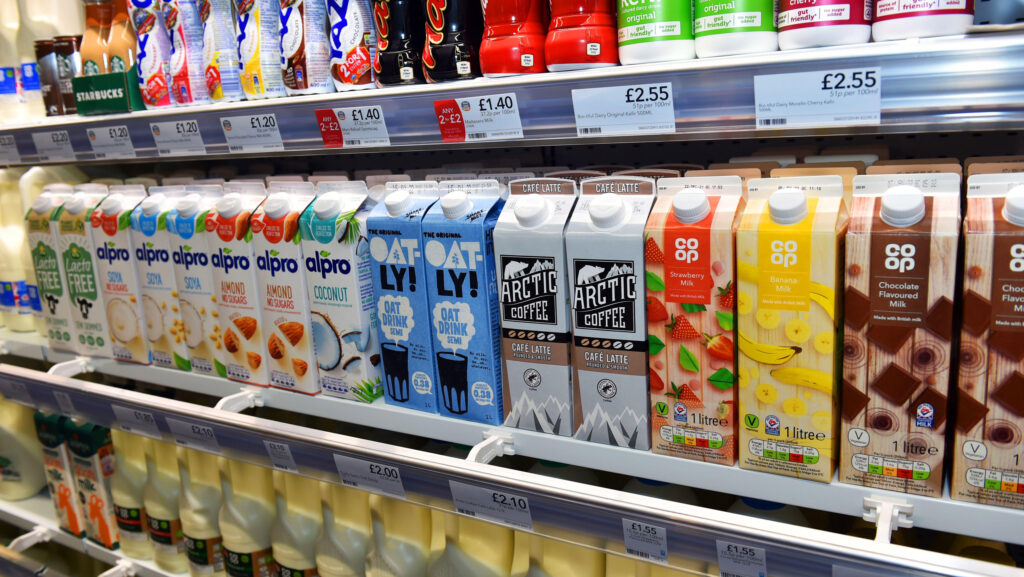Editor’s View: Not-so-small soya conundrum needs resolving
 © Paula Solloway/Alamy Stock Photo
© Paula Solloway/Alamy Stock Photo What dish or food product is regularly on your household shopping list that didn’t feature a couple of decades ago?
Perhaps none, perhaps plenty.
There is a bewildering churn of new items on the shelves as supermarkets seek to react to the fickle tastes of the population, with analysts poring over every twitch in buying habits.
See also: How high-yielding dairy cut soya and lowered crude protein
Interest in cuisines has spread from the long-standing stalwarts of traditional British food, as well as Indian and Italian, to take in much wider availability of ingredients for Thai, Vietnamese and Korean meals, for example.
How is this demand created? Does displaying on shelves contribute to it becoming commonplace and therefore entice us to buy it, or are retailers responding to a rising demand?
It is partly both, but predicting success accurately seems to be a murky science at best.
Some things the marketeers do remarkably well.
I was perfectly content throughout my entire childhood that my only choice of crisps was whatever was left in the Walkers multipack.
I had no idea that as an adult I’d be delighted to pay a stupendous amount for a “sharing” pack from a bewildering selection of manufacturers.
Some things they do badly.
You will likely recall that a near-unstoppable hype train propelled a rush into plant-based products designed to substitute meat a few years ago, with the only snorts of derision for a while coming from farmers.
This was surely at least in part driven by retailers’ fears that they were going to miss out on a profitable new segment, until that dwindled with the realisation that hardly anyone was buying the stuff.
As if grappling with our voracious appetite for new products wasn’t tricky enough for these hard-pressed corporations, now they have to grapple with our apparent wish for new standards of production.
This week, we learn of rising standards on soya provenance that are set to come in from next year, with potential cost implications.
This is a complex area with both legal and voluntary changes coming down the track.
Signatories to the latter (UK Soy Manifesto) are set to only buy soya from land that has not been deforested or converted into farmland.
Clearly they are acting in response to a perceived demand from consumers for supply chains to become more environmentally sustainable, for which they should be lauded.
There’s certainly no votes in cutting down more rainforest.
One not-so-tiny sticking point remains: The price is going to go up sharply and it hasn’t been agreed who will pay this premium.
Hanging in the air like a bad smell is a suspicion that plans are afoot to make the farmer pay, while the rest of the supply chain scoop plaudits for burnishing their environmental credentials.
Surely not. I’m certain someone will be along with a chequebook and an explanation very shortly.
After all, if the consumer wants this, they’re going to be willing to pay extra…

